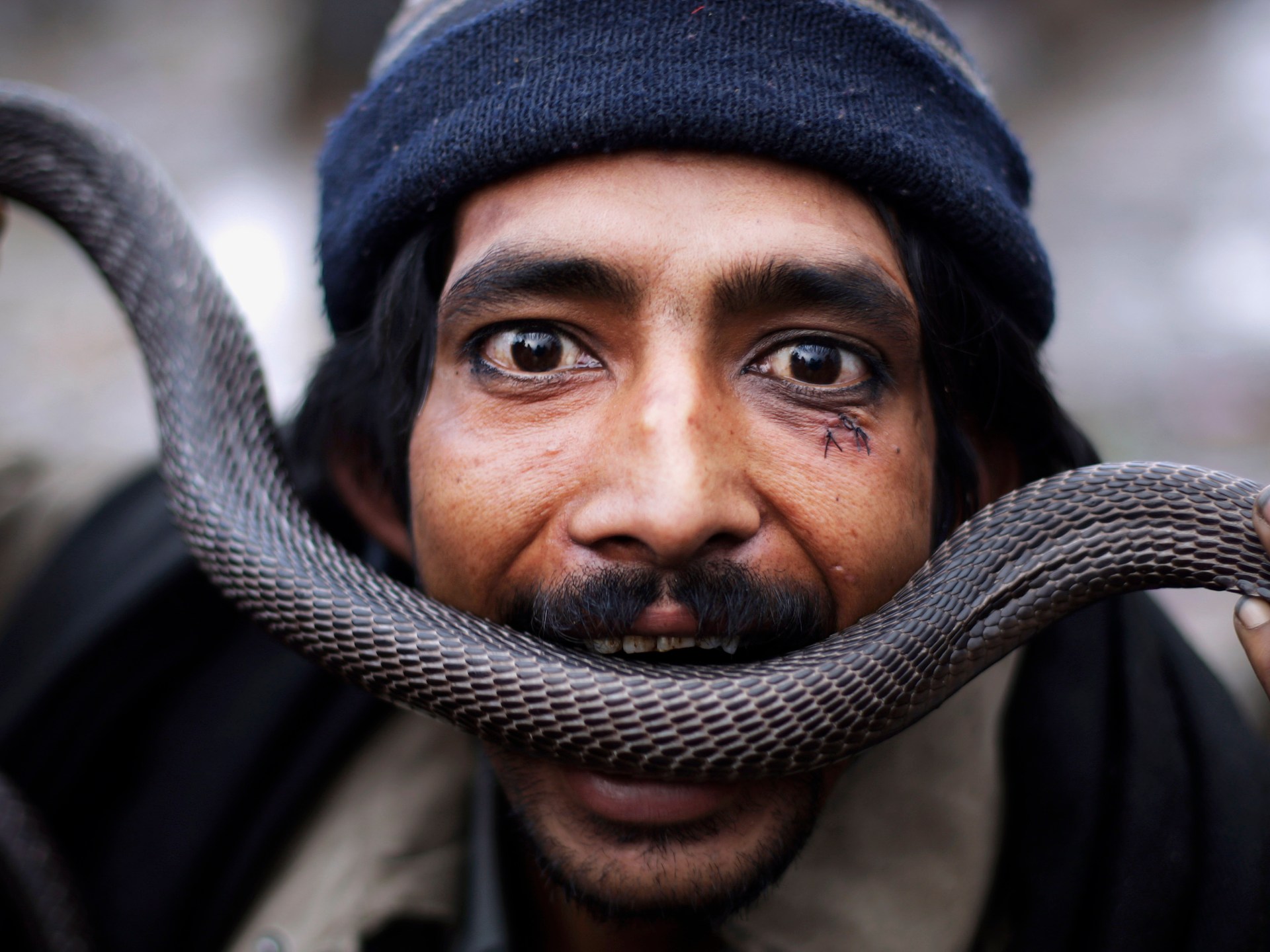
Are snakebites rising in South Asia — and what’s responsible?
Al Jazeera
A study from Sri Lanka suggests climate change will spark a rise in the numbers of people receiving snakebites.
In 1950, Roald Dahl wrote a short story titled Poison. The tale, set in colonial India and often found in deckle-edged children’s anthologies, tells a riveting story about racism.
In the story, a striped snake called a common krait slithers on the stomach of one of the main characters. The journey to save the character from the krait’s bite brings the plot to a panicky crescendo, to reveal that the poison was racism all along.
The krait possibly worked as an excellent metaphor because the fear of poisonous snakes is very real and pervasive in India, among other South Asian countries including Pakistan, Nepal and Sri Lanka.
Hence, snakes have slithered their way into folklore, pop culture and media, but incidents of venomous bites may also be rising.
The World Health Organization estimates that 5.4 million people worldwide are bitten by snakes each year – half of those by venomous snakes, causing 100,000 deaths.





















 Run 3 Space | Play Space Running Game
Run 3 Space | Play Space Running Game Traffic Jam 3D | Online Racing Game
Traffic Jam 3D | Online Racing Game Duck Hunt | Play Old Classic Game
Duck Hunt | Play Old Classic Game